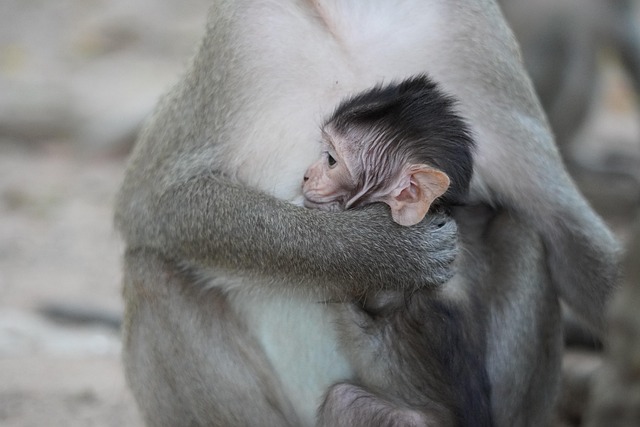Deadwood clearing and proper tree care are essential for urban areas like Denver, especially regarding the Emerald Ash Borer (EAB) infestation. This practice strengthens tree health, prevents pest spread, reduces storm damage risks, improves air circulation, and enhances appearance. In Denver, where EAB has severely impacted ash trees, professional tree care services use strategies like biological controls and chemical treatments to manage infestations and preserve the urban forest for future generations.
“In urban settings, tree care goes beyond routine maintenance. Deadwood clearing, a vital practice, plays a crucial role in ensuring the health and longevity of our urban forests. This article explores this essential aspect, focusing on the impact of deadwood—particularly the invasive Emerald Ash Borer (EAB)—on Denver’s tree landscape. We delve into how professional tree care services offer effective treatment and prevention strategies for EAB, preserving the beauty and resilience of neighborhoods through sustainable tree management.”
- Understanding Deadwood Clearing: Why It's Crucial for Urban Trees
- Emerald Ash Borer (EAB) and Its Impact on Denver's Tree Landscape
- Professional Tree Care Services: Effective EAB Treatment and Prevention in Neighborhoods
Understanding Deadwood Clearing: Why It's Crucial for Urban Trees

Deadwood clearing is a vital aspect of tree care, especially in urban settings. It involves the removal and management of dead or diseased branches from trees, which can significantly enhance their health and longevity. This process is particularly crucial for species vulnerable to specific pests, such as the Emerald Ash Borer (EAB), a destructive insect that has been plaguing ash trees in Denver neighborhoods. By removing infested or weakened branches, arborists can prevent the spread of the borer and implement effective treatment methods.
Regular deadwood clearing not only combats pest infestations but also improves the overall structure and appearance of trees. It reduces the risk of branch failure during storms or high winds, protecting both the tree and nearby properties from potential damage. Additionally, it promotes better air circulation and sunlight penetration, fostering a healthier growing environment for urban trees, which are often subjected to compacted soils and limited resources due to city infrastructure.
Emerald Ash Borer (EAB) and Its Impact on Denver's Tree Landscape

The Emerald Ash Borer (EAB) has significantly impacted Denver’s tree landscape, particularly affecting ash trees. This invasive beetle, native to Asia, was first detected in North America in 2002 and has since spread across multiple states, causing widespread damage. In Denver, the EAB poses a severe threat due to the city’s large population of ash trees, which line streets and adorn neighborhoods. The insect lays its larvae beneath the bark, feeding on the tree’s nutrient-rich inner layers, eventually killing it.
The arrival of EAB has spurred local efforts to implement effective treatment strategies for Denver neighborhoods. One common approach involves regular monitoring and early detection programs to identify infected trees before they pose a significant risk. Treatment options include biological controls like beneficial insects that target EAB larvae, as well as chemical treatments applied by professionals to protect vulnerable ash trees. By combining these methods, Denver residents and urban forest managers can help mitigate the impact of EAB, preserving the city’s vibrant tree tapestry for future generations.
Professional Tree Care Services: Effective EAB Treatment and Prevention in Neighborhoods

In many Denver neighborhoods, professional tree care services have become indispensable for managing and protecting urban forests, especially against the relentless threat of the Emerald Ash Borer (EAB). This invasive insect has wreaked havoc on ash trees across North America, including Colorado’s capital city. Homeowners and local governments alike are turning to expert arborists for effective EAB treatment and prevention strategies.
These specialized teams employ a range of techniques, from biological controls like beneficial insects to chemical treatments that target the borer larvae. Proper identification of EAB damage is crucial; professionals can detect subtle signs of infestation, ensuring timely intervention. By proactively managing deadwood and treating affected trees, these teams safeguard the health and longevity of ash trees in Denver’s landscapes, fostering a vibrant urban environment for years to come.
In conclusion, effective tree care and deadwood clearing, particularly addressing the Emerald Ash Borer in Denver neighborhoods, are essential for maintaining a healthy urban forest. By understanding the importance of deadwood removal and leveraging professional tree care services, residents can protect their beloved trees from this destructive pest. Implementing proper treatment strategies ensures the longevity of our urban landscape, fostering vibrant and sustainable communities. When it comes to treating EAB in Denver neighborhoods, proactive measures and expert intervention are key to preserving the city’s verdant tapestry.
